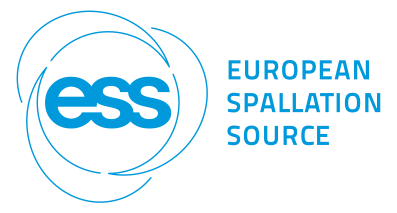Description
The South African Neutron Radiography (SANRAD) facility, decommissioned in 2013, is undergoing a strategic upgrade as part of Necsa’s Beam Line Centre programme aligned with the new Multi-Purpose Reactor (MPR). The upgrade includes the redevelopment of the Neutron Radiography (NRAD) beamline at SAFARI-1, with emphasis on optimizing neutron optics to enhance radiographic quality and flux efficiency.
This work aims to determine an optimal collimator configuration on a radial beamline - particularly filter design, pinhole geometry, and positioning - to achieve a high-flux, low-divergence thermal neutron beam with a flat intensity profile suitable for digital radiography, while mitigating gamma and fast neutron contamination.
Monte Carlo simulations using McStas and MCNP were employed to model the full NRAD beamline system. Anisotropic neutron source data from MCNP was converted to MCPL format for McStas-based ray tracing. To enhance statistics, the MCPL source neutron spectrum and divergence was captured and converted to a virtual source with logarithmic wavelength sampling which enables the correct representation of the entire applicable spectrum.
Neutron and gamma filter performance was assessed using a hybrid modelling approach: thermal neutron interactions via NCrystal and gamma attenuation via empirical MCNP data. Multiple pinhole diameters (5 - 30 mm) and positions (L = 4.4 - 6.1 m) were simulated to evaluate flux, L/d ratios, spatial uniformity, and thermal-to-total neutron ratio.
An optimal configuration using a 2 mm long pinhole positioned 1.9 m from the core box (L = 6.13 m) and diameters of 8, 15, and 25 mm satisfies all design targets: flat beam profile (28.28 cm), L/d ratios (800, 400, 250), and a thermal neutron flux of 1.94×10⁷ n/cm²/s at the detector. A composite filter of 100 mm single-crystal Al₂O₃ and 50 mm Bi achieves 98.1% thermal purity, with fast neutron and gamma reductions of 97.3% and 99.6%, respectively.
The study establishes a validated neutron optical design for the new NRAD beamline, offering superior spatial uniformity and reduced radiation background. These results provide a high-fidelity foundation for mechanical design, thermal analysis, and eventual commissioning of a world-class neutron radiography capability at the SAFARI-1 reactor, aligned with the broader objectives of Necsa’s MPR programme.
